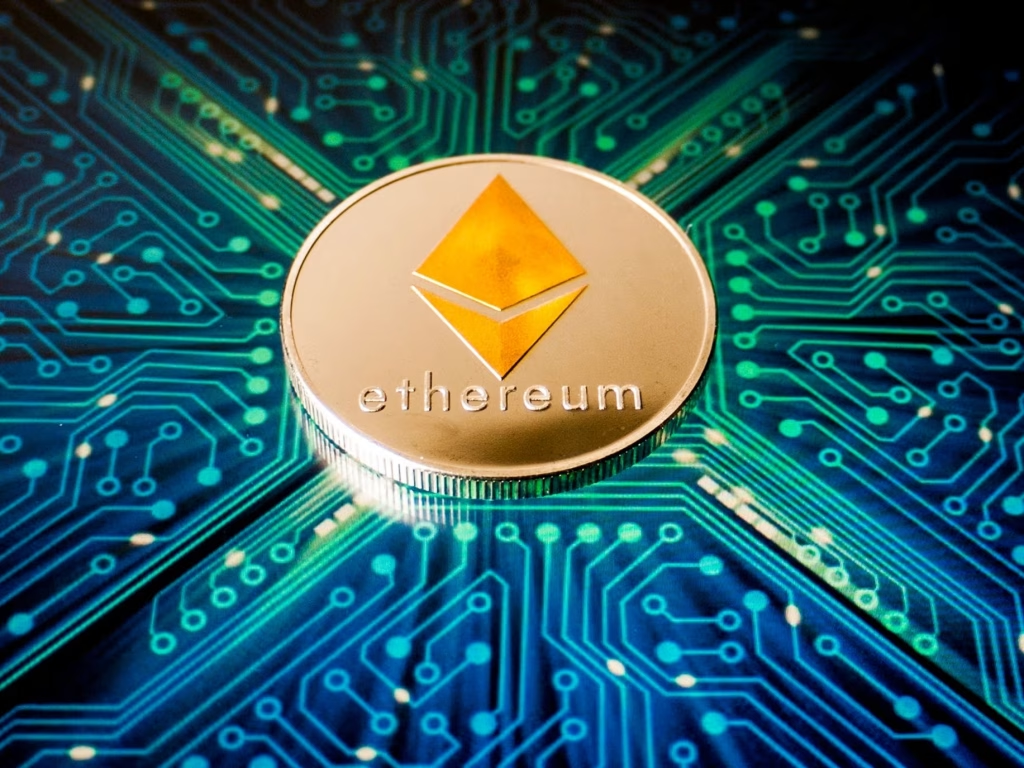Introduction: Why Ethereum mattered in 2025 and beyond.
We are nearing the end of the year and Ethereum has been among the leading chains in terms of development and decentralized finance. Averaging 1.6 million daily transactions, it meets its core values of allowing anyone anywhere to run unstoppable applications. The “computer of the world” is proving itself daily. While Bitcoin centers on being like digital gold which is secure, scarce and resistant to change, Ethereum takes an opposite route by allowing development of decentralized apps, tokens and financial systems.

To further understand the significance of this chain, let’s look at its architecture layer by layer.
The Ethereum Architecture.
The Ethereum architecture is structured like a stacked system containing 3 main layers, each layer with its function.
The Execution, Consensus and the Network Layer.
1. The Execution Layer — Where Smart Contracts Live
The execution layer is Ethereum’s engine room — the part of the network responsible for running transactions and executing smart contracts. Every time someone swaps tokens on Uniswap, mints an NFT, or sends ETH, that interaction happens here.
At the heart of this layer lies the Ethereum Virtual Machine (EVM) — a global runtime environment that ensures every node in the network computes the same results. It’s like a universal calculator that thousands of computers around the world run simultaneously to make sure no one can cheat the system.
This layer stores the state of all Ethereum accounts and contracts — including balances, contract code, and data. When you send a transaction, the EVM updates this state after executing your instructions, ensuring the new state is agreed upon across the network.
🧠 Think of the Execution Layer as Ethereum’s brain — it processes logic, computes results, and keeps applications running 24/7 without interruption.
2. The Consensus Layer — How Ethereum Agrees on Truth
Before The Merge in 2022, Ethereum relied on Proof of Work (PoW) — miners solving complex puzzles to add new blocks. That changed when Ethereum transitioned to Proof of Stake (PoS), a far more energy-efficient system.
Now, thousands of validators secure the network by staking ETH and participating in block validation. Instead of competing with computing power, validators are chosen pseudo-randomly to propose and attest to new blocks. Those who act honestly earn rewards, while those who try to cheat are penalized through slashing (loss of staked ETH).
This shift not only made Ethereum more sustainable but also strengthened decentralization by lowering the barrier to participate in consensus.
❤️ The Consensus Layer is Ethereum’s heart — it keeps the entire organism alive by ensuring every participant agrees on what’s true.
3. The Network (or Data Availability) Layer — Where Ethereum Stores Its Memory
The network layer handles communication and data propagation across all nodes. It ensures every transaction, block, and state change reaches the entire network quickly and reliably.
Each Ethereum node stores a copy of the blockchain and syncs with others using peer-to-peer protocols. This guarantees data availability — meaning any participant can independently verify the chain’s history and confirm its integrity.
As Ethereum scales, data availability becomes even more critical. Future upgrades like Danksharding aim to make this process more efficient by splitting data across multiple subchains, enabling higher throughput without sacrificing verifiability.
💾 The Network Layer is Ethereum’s memory — it keeps a complete record of everything that has ever happened on-chain.
Scaling the World Computer
Ethereum’s evolution since The Merge shows its shift from a single all-purpose chain to a modular ecosystem.
While the base layer prioritizes security and decentralization, Layer 2 rollups (like Optimism, Arbitrum, and zkSync) handle transaction execution at scale.
This modular design lets Ethereum act as the secure settlement layer, while rollups become its high-speed highways — pushing millions of transactions through at a fraction of the cost.
In essence, Ethereum is no longer trying to process everything on its own; it’s building an internet-scale infrastructure where trust, not servers, power global applications.

